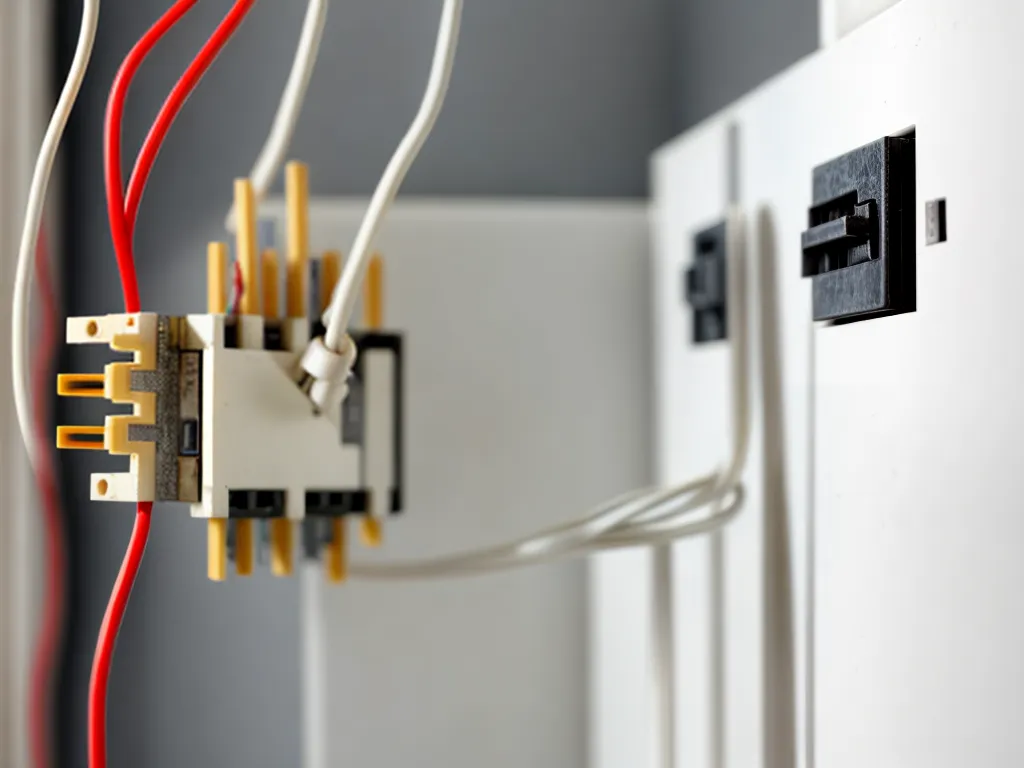
Basic Mistakes to Avoid When Wiring Your Home
Not Getting the Proper Permits
Getting the proper permits before starting any electrical work is crucial. I made the mistake of not pulling permits when rewiring my basement, and it came back to haunt me when I went to sell the house. The home inspector flagged it, and I had to tear out all the wiring and start over with the proper permits. Lesson learned: always get permits, even for what seems like a simple job. It protects you down the road.
Using the Wrong Wire Gauge
Selecting the appropriate wire gauge is important for safety and performance. I incorrectly used 14-gauge wire for some 20-amp kitchen circuits. This led to circuit tripping and voltage drops. The proper wire size for a 20-amp circuit is 12-gauge. Always consult electrical code books and wire sizing charts. Undersized wiring can lead to fire hazards or devices not getting sufficient power.
Ignoring Cable Lengths and Voltage Drop
I once made the mistake of running a 100-foot 12-gauge cable from my electrical panel to a detached shop. The voltage at the shop was significantly lower than the panel. Why? I failed to account for voltage drop over the long cable run. For long cable lengths, you need thicker wire gauge to minimize voltage drop. In general, you should try to keep cable runs under 50 feet. If you have longer runs, consult voltage drop calculators to size your wiring appropriately.
Not Using Proper Cable Staples
When running cables through studs, you need to securely fasten them. I used the wrong type of staples when wiring my kitchen, and the inspector made me redo it. The problem was that I used ordinary metal staples, when code requires non-metallic staples for securing Romex wiring. Metal staples can cut into the cable sheathing over time. Use staples specifically designed for securing electrical cables to avoid this hazard.
Overloading Circuits with Multiple Devices
It's tempting to tap into existing circuits when adding new electrical devices. In my first house, I made the mistake of tapping multiple devices into a 15-amp circuit. When using the devices together, this caused circuit breaker trips. Each circuit has a set capacity. Overloading circuits causes nuisance breaker trips at best and fire hazards at worst. Carefully calculate electrical loads, and distribute devices across multiple circuits.
Not Leaving Enough Extra Cable
When wiring switches, outlets and appliances, always leave some extra slack in the cable. I didn't leave enough extra cable behind my oven, so when I pulled it out to clean behind it, the wires were strained. This can lead to loose connections and dangerous shorts. For any device, leave at least 12 inches of extra cable neatly coiled behind it to allow for movement.
Using the Wrong Types of Wiring
Choosing the right cable for the job is critical. I used armored cable (BX) when wiring some exterior security lights since I thought it was outdoor-rated. Later I discovered BX cable is not meant for wet locations. Any outdoor wiring should be run using cables specifically rated for wet/damp locations, like UF cable. Using the wrong type of cable for the environment can lead to cable damage and electrical hazards.
In summary, avoiding basic wiring mistakes comes down to proper planning, adhering to electrical code, using quality materials, and installing cables and devices neatly and safely. Taking shortcuts almost always leads to problems down the road. Following best practices during the initial wiring will help ensure your home's electrical system provides safe, reliable power for years to come.